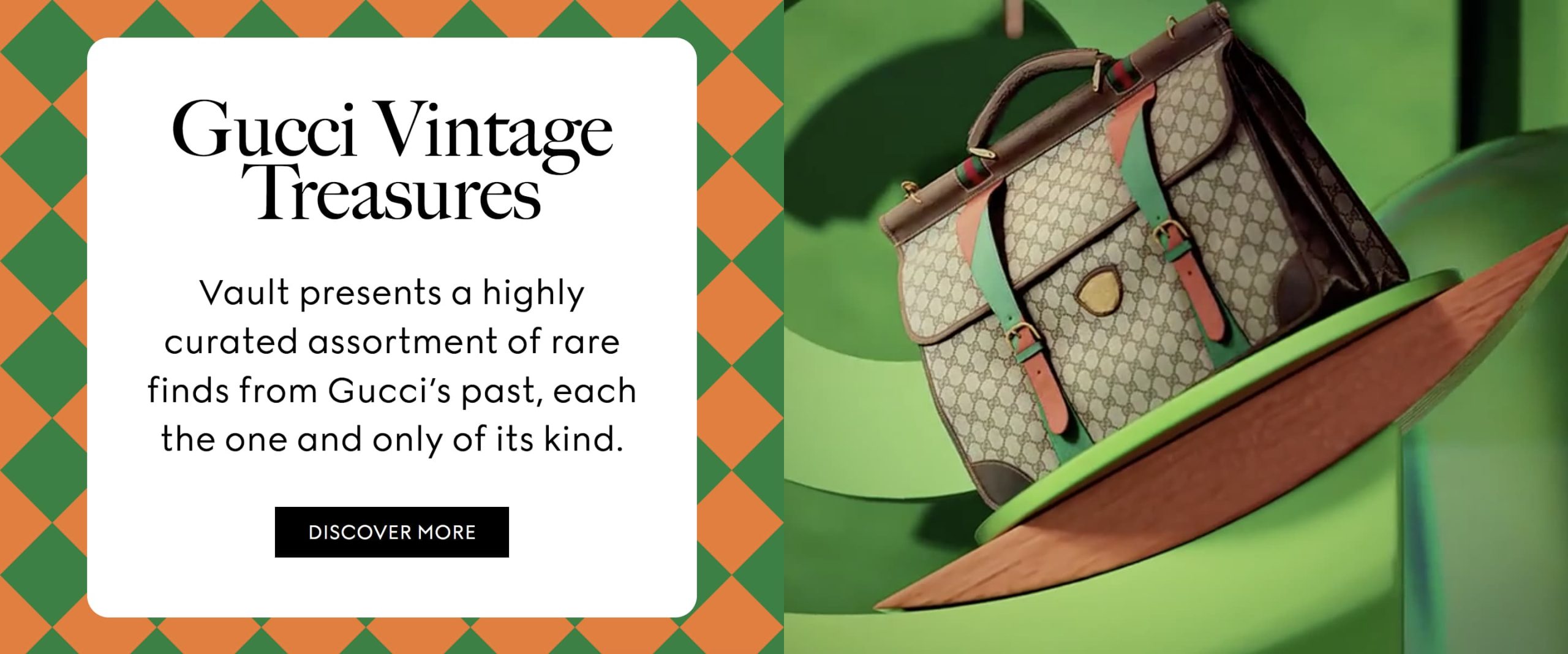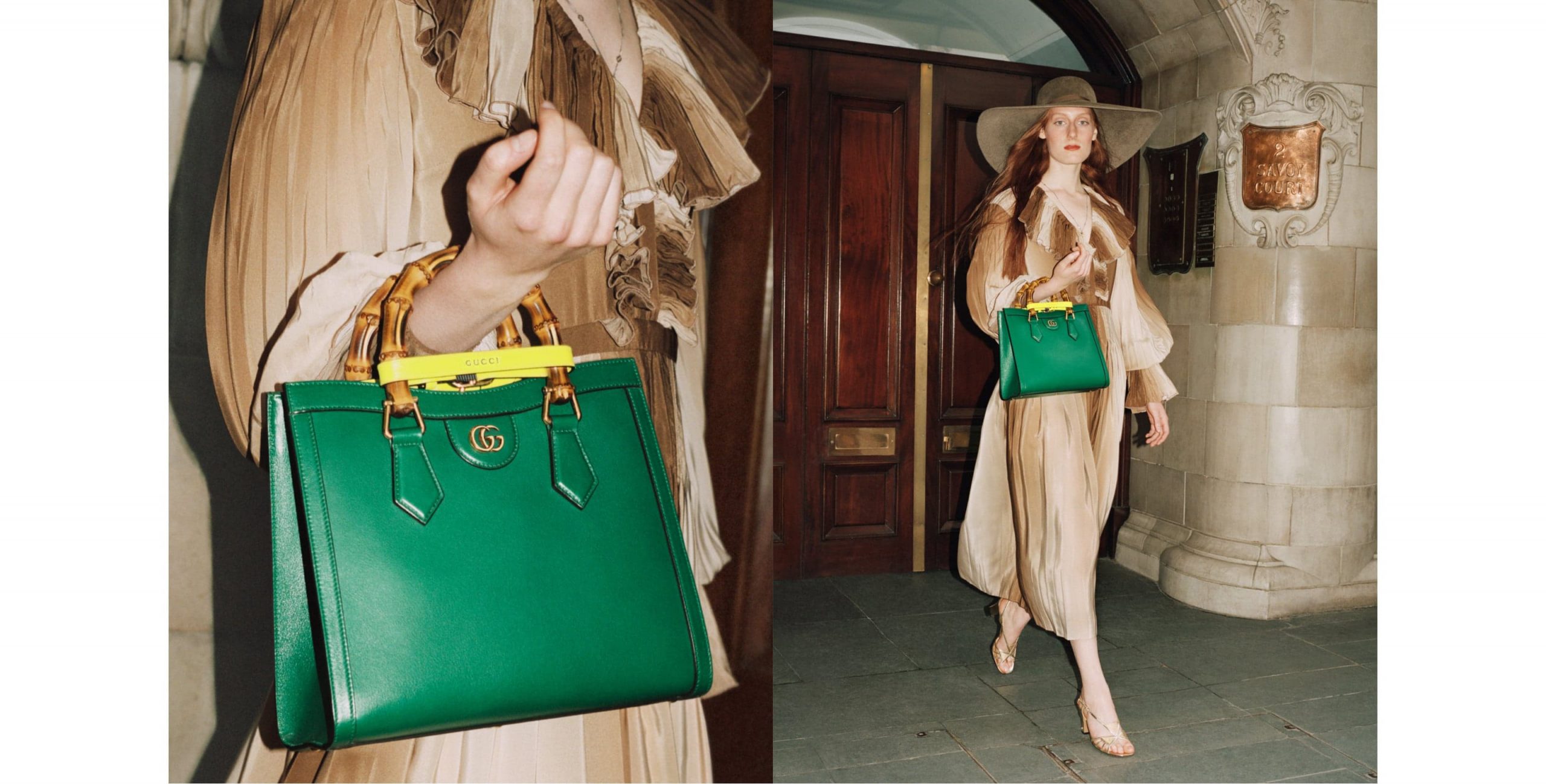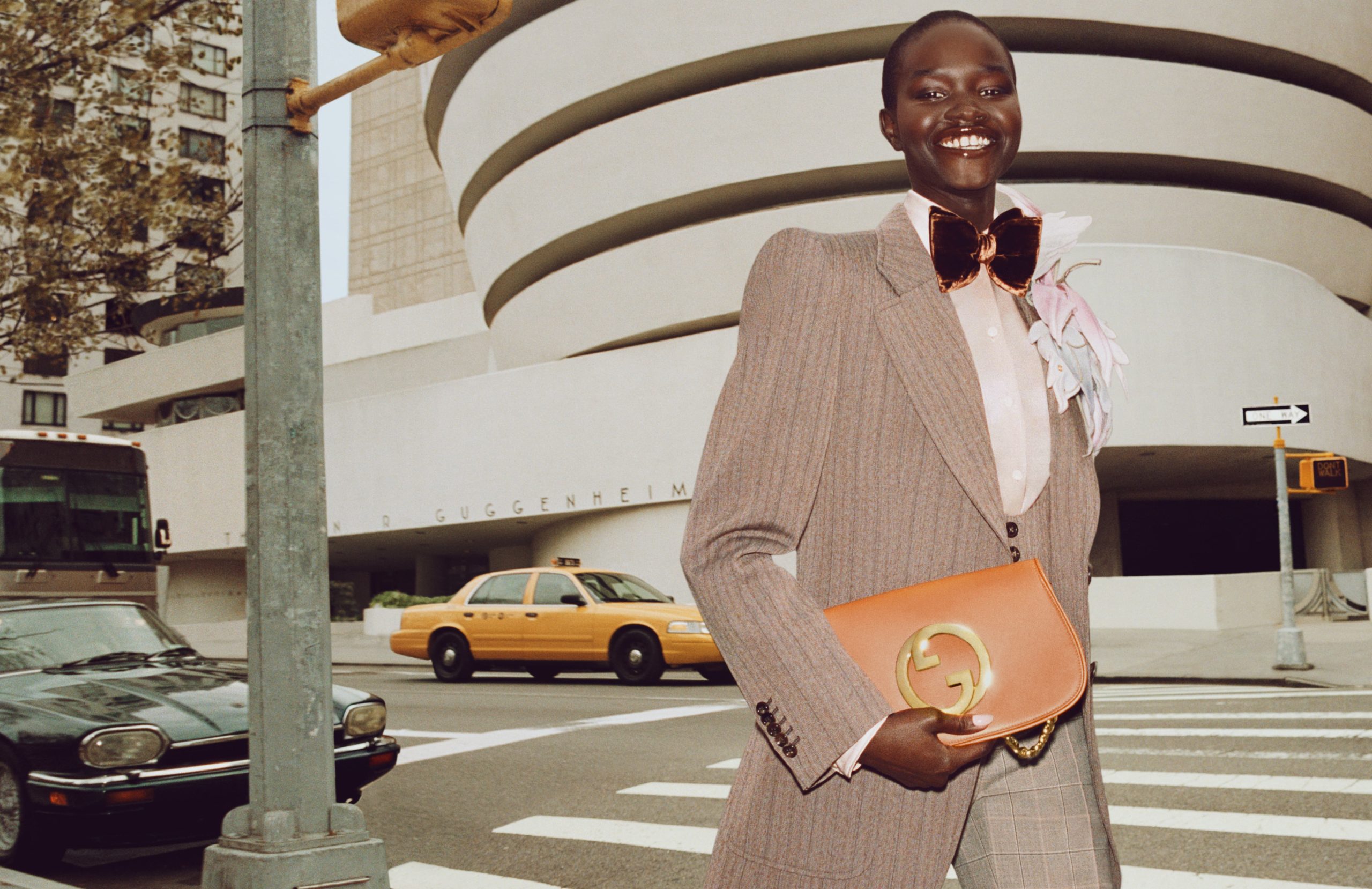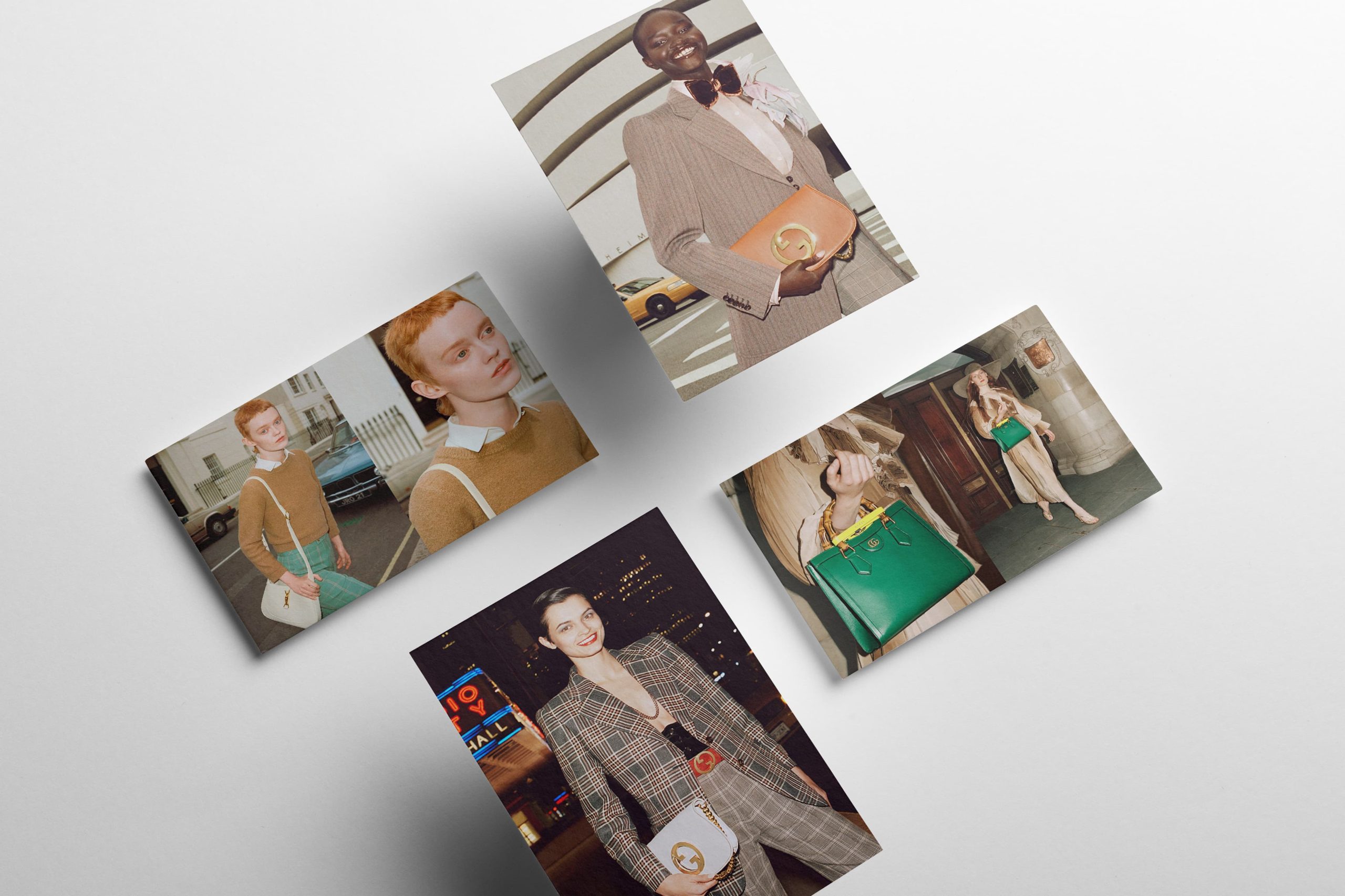A Case Study in Leveraging Consistency, History, and Covetability to Create Excellent Accessories Campaigns
By Mark Wittmer
The power of Gucci is inescapable: the brand’s name alone is almost a magic word, conjuring up dreamy associations of decadence, vintage fantasy, and the sensual suppleness of an excellently crafted leather bag.
While the reasons behind the house’s success are manifold, a constant component during the tenure of current creative director Alessandro Michele has been excellent ad campaigns. These campaigns communicate Gucci’s mythically stylish brand identity on a grand scale, and in particular have contributed to making its accessories some of the most coveted pieces in the contemporary fashion scene. What are the secrets behind the house’s consistently successful accessories campaigns? How does Gucci maintain such a mystical hold over our collective imagination?
Key Characteristics
Storytelling: Drawing on decades of history punctuated by beloved design moments, Gucci sees itself as an unfolding story – one in which any independent personality can participate, provided they have the means and the style.
Eclectic yet Cohesive: Even with all its distinct characters and storylines, the brand maintains an instantly recognizable image across all its communications, an impressive visual cohesion that is largely due to the creative collaboration between Alessandro Michele and art director Christopher Simmonds.
Totemic Power: In connection to its legacy of artful design, Gucci’s campaign communications wisely position its pieces – in particular its bags – as almost mystical artifacts, powerful symbols that imbue their wearer with an unmistakable aura and connect them to the house’s expansive creative world.
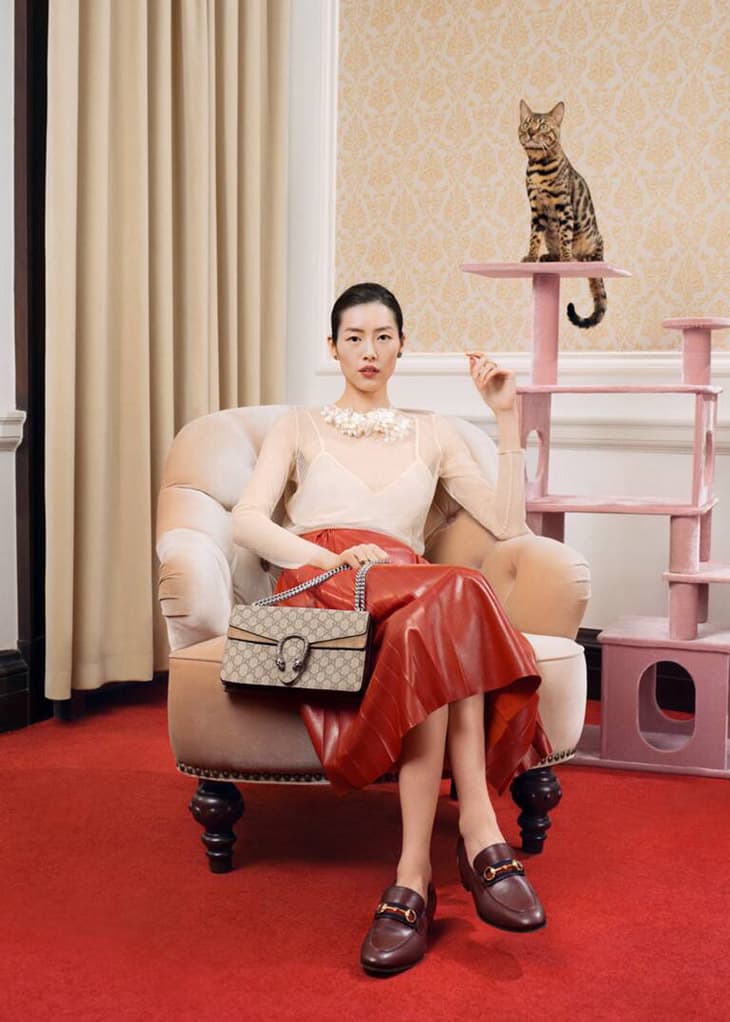

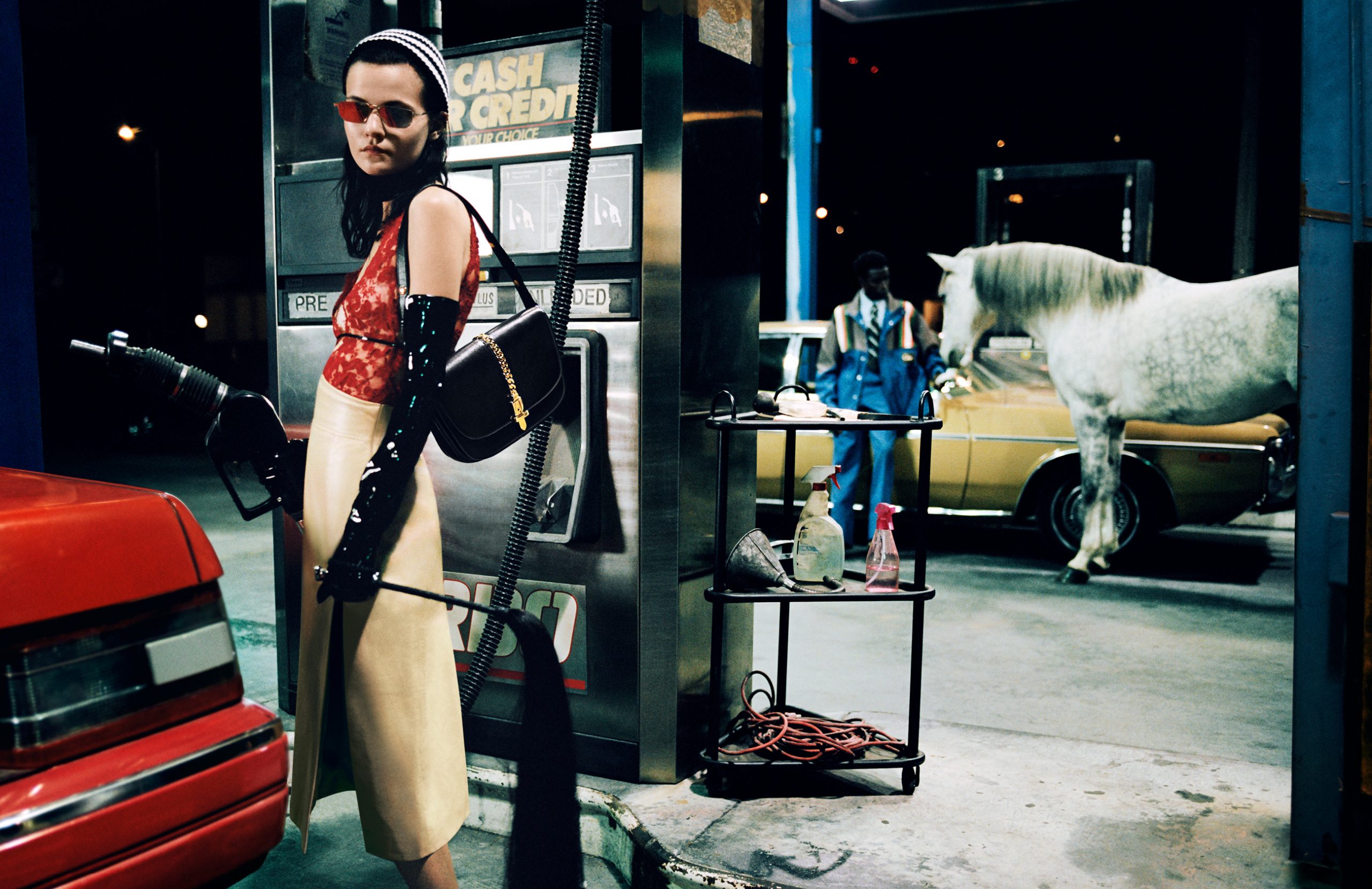
Taking his cue from Alessandro Michele’s whimsical yet refined, retro-referencing designs, art director Christopher Simmonds has developed an immersive and iconic visual world across Gucci’s campaign communications.
Nostalgic and dreamy but exuding a contemporary edge, each campaign forms a new chapter of a story that unfolds across this space between fantasy and reality.
Simmonds and Michele have also teamed up with a range of cultishly visionary filmmakers, like Yorgos Lanthimos, who created the highly memorable “Of Course a Horse” campaign, which situated the house’s iconic equestrian-inspired accessories in a dreamy reimagining of 70s Los Angeles, or Harmony Korine, who cooked up a number of fantastical campaigns, including the brilliant “The Beloved Show,” a surreal talk show that put a spotlight on the personalities of iconic celebrity figures and their signature bags.
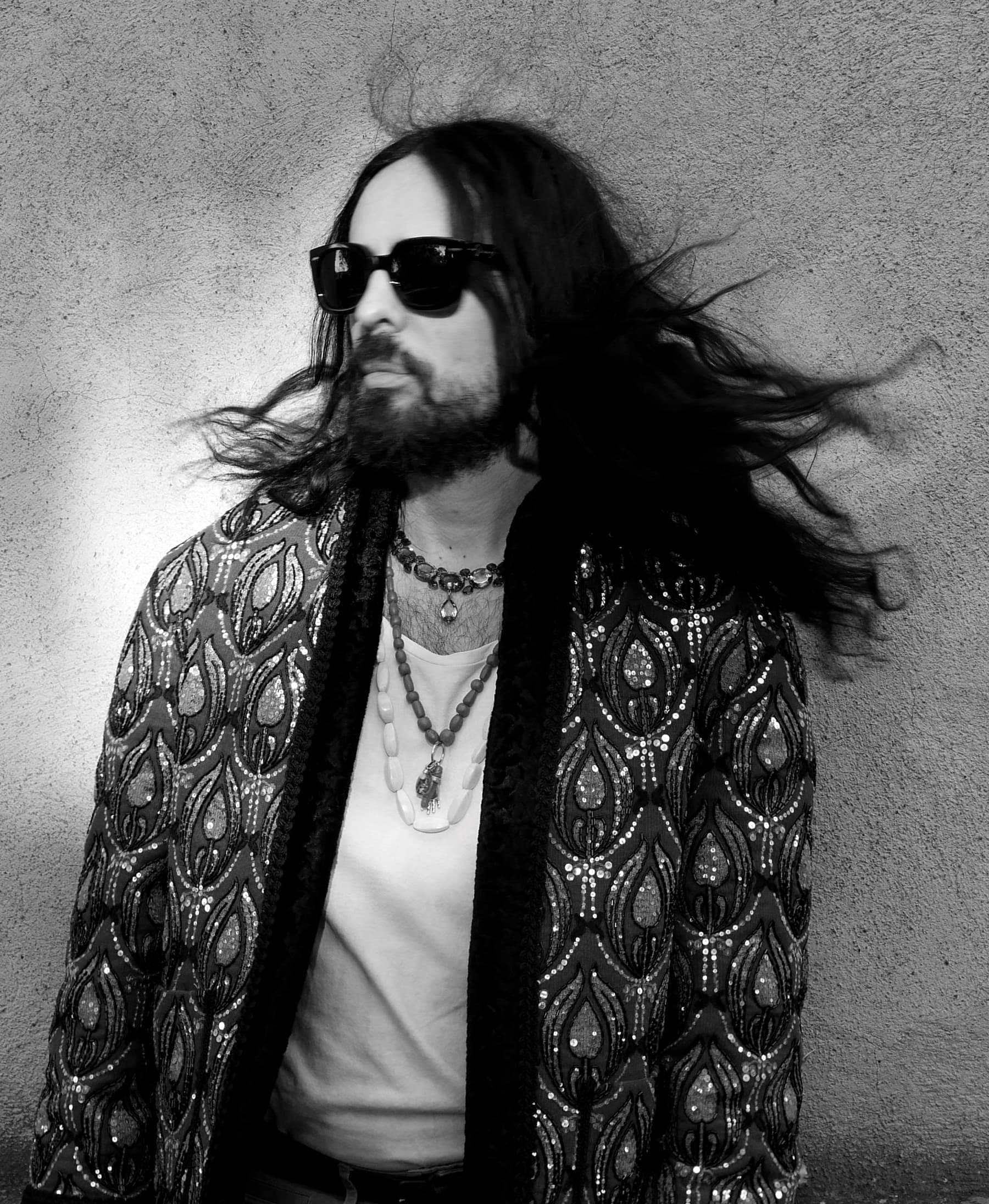
“We decided to show the concept of ‘beloved’ in an ironic way in the campaign, being inspired by the fact that bags are the protagonists in my life and in the lives of many other people,” Michele shared. “We went back in time to the original TV talk shows, where the protagonist is the bag itself, the big star. Very often these creations are named after influential women who conditioned the habits and customs of many. It is precisely because they have great personalities that in the industry we gave them these powerful names; and now we have them in a show and twisted with the idea that there were two stars: the bag and the actual talent. A game of cross-references between the two great protagonists.”
Most recently, in celebration of the 75th anniversary of its bamboo top-handle bags, Gucci shared “Kaguya,” a gorgeous and dreamy short film by creative director Toshihiko Tanabe and director Makoto Nagahisa that retells a classic Japanese myth through a dazzling and contemporary lens.
Though they branch off in many directions, Alessandro and Simmonds do impressive work to unite each chapter into an aesthetic identity that, while distinct, is also unmistakably Gucci.
This fantastical, nostalgic yet contemporary visual rhapsody is also supported by a keen attention to the power of music, with different campaign soundtracks or musical collaborations alluding to a dig through the vintage record bin by an eccentric and sensitive tastemaker.
Within these distinct narratives, Gucci invites an eclectic cast of personalities to embody its stories, effortlessly setting an example of diversity and inclusion that organically arises from the brand’s ethos of independence, personal expression, and idiosyncratic beauty. This commitment was particularly emphasized in the brand’s Fall 2020 Jackie Bag campaign, which featured all nonbinary models, a progressive and striking way to assert that these bags can be for everyone and anyone.
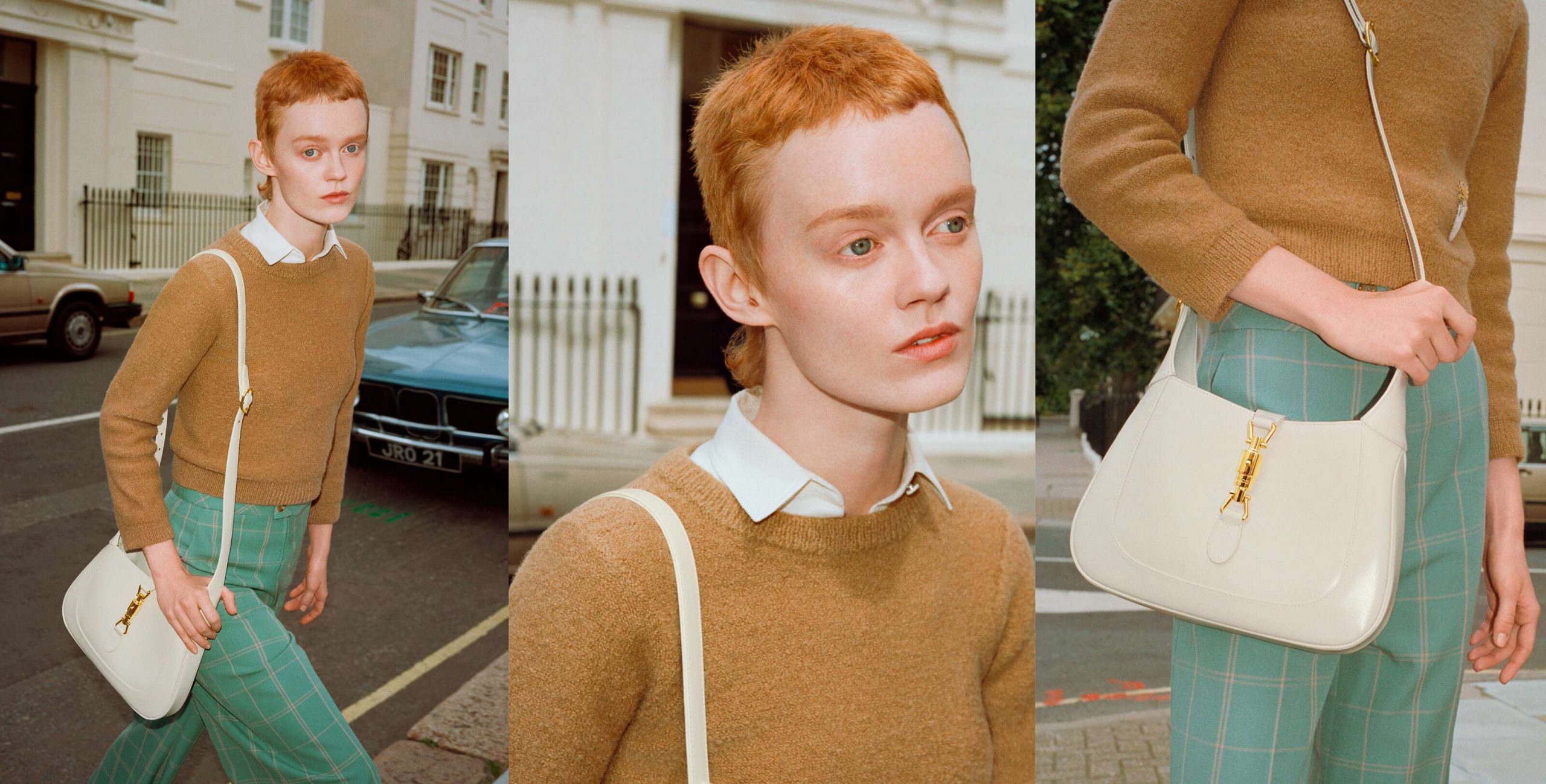

Meanwhile, these characters are painted as almost mythical figures: through their connection to these pieces that attest to an iconic legacy of artful design, these powerful tools of persona, they become the guardians of Gucci’s heritage who will guide it into the future. There is certainly an aura around items that have the designation of “luxury,” and Gucci is doing some of the smartest work to fill this perceived energy with meaning, communicating the fantastical through an object that is very real.
The house wisely uses its experimental digital retail space, Gucci Vault, to further its connection to history and design heritage and leverage distinct pieces as covetable artifacts or symbols of a keen collector’s eye.
Through this platform, the house sells one-off vintage pieces “selected by the Creative Director and Gucci archivists for their particularity and character, and reconditioned by in-house artisans.” The platform also functions as a boutique for other brands and designers curated by the Gucci team, as well as a gallery for collaborations with artists both physical and digital, expanding the house’s status as a key figure at the intersection of art, fashion, and culture.
